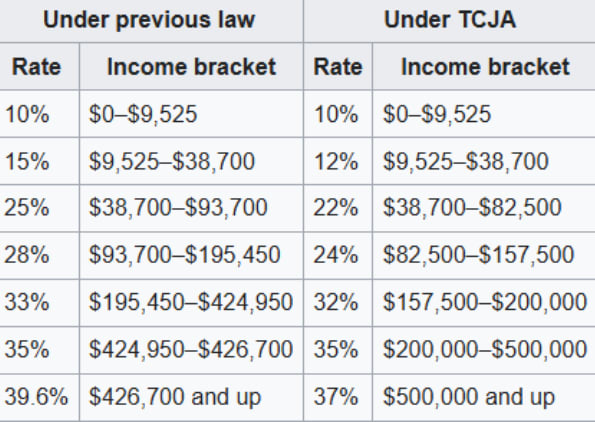The year is 2017, and market-leading video graphics company NVIDIA has announced a new line of products: their GTX 10 series video cards. Their flagship product, the GTX 1080 Ti, capable of rendering the most demanding 3D graphics at the time, cost $699. Guaranteed to all consumers was high-end performance, whether you used the card for 3d rendering, video editing, gaming, or machine learning. Despite the hefty price, it was met with general understanding, especially because no real competition for such a card existed just yet, and wouldn’t for a while.
Unfortunately, the same could not be said in the year 2025. With the advent of NVIDIA’s new 50 series cards, consumers view previous releases as a forgotten business venture. The company’s newest flagship, the RTX 5090, goes for a whopping $2000, and that's excluding the more expensive variants that exist, as well as online price gouging. Now, everyone’s biggest question is: what happened?
For starters, it’s important to acknowledge that the market of GPUs does have an effect on prices. However, the fact that the MSRP (which stands for: manufacturer’s suggested retail price) of their flagship GPUs has increased by almost 3 times is likely due to other reasons. In 2022, the flagship of their 30 series GPUs, the 3090 Ti, sold for an MSRP of $1500, with the prior generation’s 2080 Ti only being $1000 in comparison.
With a market share of over 80-90%, it’s easy to see that NVIDIA has no worrisome competition. AMD, their main competitor, can only compete based on the prospect of better value, a testament to how much money consumers are willing to pay for NVIDIA’s brand, and in some cases, unchallenged performance. With no company creating a card as powerful as the 5090, who’s there to stop them? But consumers have reported major issues with these cards, challenging the authenticity of their brand name. The 50 series cards, unbelievably, were missing rendering units! The cards didn’t just suffer any secondary side effects; the very core of their functionality wasn’t up to par with what they were advertised to be.
Moreover, the company has been taking a slight shift in the way it advertises to consumers. Historically, these cards have been revered by their core audience, people who need quick and effective real-time performance for 3d modeling, editing, and gaming.. Nowadays, however, NVIDIA has made massive strides in the AI market. They have acknowledged this themselves, as Greg Estates, the Vice President of Corporate Marketing at the company, stated in 2023, “[Jensen] sent out an email on Friday evening saying everything is going to deep learning, and that we were no longer a graphics company. By Monday morning, we were an AI company. Literally, it was that fast”. It remains evident that their cards aren’t a real priority for them anymore, and the little value they lose from people who aren’t willing to shell out so much for their cards is likely, to them, unimportant. Most of their income now comes from AI chips, not consumer video cards.
NVIDIA has no incentive to change with a profound monopoly on the card market and no real need to deliver performance to consumers who don’t purchase their most profitable products. However, with the release of AMD’s 9070xt, which promises the same performance as NVIDIA’s 5070ti for $150 less, as well as Intel’s recent investment into GPUs, it appears the market may finally begin to move into a more competitive territory. What remains to be seen is whether the tech giant will lift a finger or cling to its brand, potentially changing the game for years to come.
https://www.digitaltrends.com/computing/nvidia-said-no-longer-graphics-company/
(image:) https://www.visualcapitalist.com/nvidia-revenue-by-product-line/









